The 142nd AES International Convention was held in Germany at the wonderful Maritim Hotel, one of the largest conference hotels in Berlin.
The Audio Engineering Society holds audio related conventions around the world for members to meet, discuss various aspects of audio and audio related issues, and present academic papers on various audio topics to each other and members of the public.
There is also an exhibitors section, where high end audio gear can be demoed, dissected and talked about with representatives and sometimes even the designers and builders of the gear themselves. It provides a unique opportunity to meet the folks behind the gear so to speak, as quite often at trade shows one only has access to the gear through a sales rep, which is by no means a bad thing, but with the actual designer to chat to, the geek goes deep.
The AES in Paris in 2016 was very much dominated by immersive audio and this time around while still a hot topic, time honoured issues such as mastering workflows, a lack of downstream quality control for online audio submissions, and loudness were very much on the agenda. In fact the special event talk on loudness chaired by Florian Camerer (ORF/ EBU) was one of the most crowded main hall events, showing that loudness is only second to immersive audio, as Mr Camerer joked.
We sat in on a lot of lectures that would scare the pants off most ordinary people, things like “The analysis of the perception of audio quality if the speech being spoken is understood natively by the listener” and so on, so we decided to distill the three days attended into a highlight reel of talks and products that were of great interest to us and by extension probably to you as well.
Gear!
What would an ask.audio article be without a nod and a wink to cutting edge technology? So let’s start with that. Speakers were a major theme of this years exhibit with no less than 10 companies showing off their range, no doubt excited by immersive audio which requires more than two pairs of monitors at both a production and consumer level. There were too many awesome things to cover, so here are the ones that stuck in our melted minds after three days of lectures, workshops, and demos.
Avid ProTools integration of Dolby Atmos and Nugen Audio Halo Upmix.
By far one of the most impressive stands on show was the Avid Pro Tools demo of their Dolby Atmos integration, meaning that Pro Tools HD will support and mix natively in the 10 channel Dolby Atmos format 7.1.2 alongside deep integration with control surfaces like the S6.
To get a feel for the immersive quality of the system we listened to a track by Matt Lange, specifically created for 7.1.2. The track was commissioned to showcase Ministry of Sound’s adoption of Dolby Atmos, so Lange’s music makes extensive use of the capabilities of the system, demonstrating how far beyond stereo audio is going. It was quite fun to “find” all the sounds, and in some cases it was quite astonishing to have vocals literally hovering over our heads while mixed with a myriad of sounds swooshing around us with no fixed point source. It is quite the listening experience and the creative capacity of the system for immersive film sound, electronic music production, and artistic performance is staggering.
Tied to the Avid booth was a demo of Nugen Audio’s Halo Upmix which does “Powerful real-time analysis of the original stereo material, identifies and extracts locational cues, to naturally extend the panorama - without the introduction of any artificial reverberation, chorusing or delay into the downmix - leaving the inherent character of the original source intact.”
In English: you can take a simple stereo file, upmix it to 5.1; 7.1; and with an optional extension 9.1 (Atmos), and then down mix it back to a stereo mix without apparent colouration or artefacts. It even allows a downmix to binaural. It’s quite remarkable, and the sound design possibilities left us giddy with excitement. Very impressive, and the ability to down mix to binaural with the added spatial info encoded is insane. Now where to find at least 10 speakers...
Secret demo of the MB3 loudspeakers by PMC.
We met PMC sales rep Chris Allen at AES Paris 2016, so we were very happy to see him at this year’s convention. Their booth was stripped down this time around with only one set of speakers on demo, the mighty IB1S-A III 3 way active monitors. However, while chatting Chris took us to one side and hush-hush asked if we would like to sneak into one of the conference halls during lunch to hear their MB3 XBD-A system set up in there. Of course we said yes!
It is not every day one gets to listen to a 42,000 Euro sound system, and what a pleasure it was. The thing that makes PMC speakers so incredible is their extremely wide sweet spot. Even in less than ideal listening conditions, literally walking around the room yields little to no major changes in clarity and imaging, it is quite remarkable. Even the IB1S-A III 3 ways in the exhibition booth demonstrated this amazing phenomenon, not to mention a frequency response flat down to 20 Hz.
Neve Genesys Black Console
This relatively affordable analog console desk shows that high quality, top tier gear is becoming more and more of a reality for serious project studios and schools, and puts Neve quality within reach of us mere mortals, and a younger generation of mixers.
The Genesys Black offers 8 channels of 1073 mic/line preamps, 16-channel DAW/Tape monitoring, hands-on DAW control for Pro Tools, Nuendo and more, 8 channels of Neve digitally controlled analogue 4-band EQ, (optional) 8 channels of Neve digitally controlled analogue VCA dynamics and channel A/D/D/A conversion via MADI, AES and FireWire formats.
A central touch screen, 6 auxiliary buses, 8 group buses, 2 main outputs, 4 effects returns, comprehensive metering, 5.1 monitoring, 2 cue mixes, talkback services and an integrated footprint with internal power supply provides all the power you need.
Genesys Black, hand-built in their UK factory, combines superb analogue design and true Neve preamp circuitry with hands-on DAW control and connectivity for Pro Tools, etc. And it’s modular, meaning you don’t have to wait until you can afford the full 32-fader system to become a Neve-equipped studio. In its basic 8-channel configuration you get 8 channels of mic/line preamps plus 16 channels of DAW control and 16-channel analogue summing at mixdown. And eight auxiliary buses, and eight group buses plus 5.1 monitoring. It is essentially an all in one home studio setup for the (very) serious producer and home studio professional. Nice.
Genelec: The Ones
Genelec were very kind to invite us to the AES Berlin VIP launch event of their new, smaller additions to their three way coaxial design flagship speaker the 8351; namely the 8331 and 8341.
The bigger 8531s are mastering grade speakers extending down to 20Hz, negating the need for a subwoofer, so the new speakers are of course aimed at smaller studios and workspaces and obviously have less bass response, but the (smaller) Ones still deliver precise imaging both on and off-axis, coupled with absolutely neutral sound reproduction.
The coaxial design allows for ultra-near-field listening too, creating a dramatic improvement in the direct sound reducing the room’s influence while monitoring. The listening distance can be as short as 40 cm, with no loss of precision, which is true because we tried it! Amazing.
The event kicked off with a lecture by the esteemed Thomas Lund explaining the human side of the speakers. A fascinating talk on human hearing, how we perceive sound, the limitations of those perceptions, and how all of this was taken into consideration when designing The Ones.
Following Mr Lund, Dr. Aki Makivirta, Genelec’s R&D director, gave a more technical run down of the speakers and their unique design, explaining some of the challenges of creating mastering class coaxial designs, and then shrinking them down to the smaller sizes. Then, of course, there was a listening demo.
They sound fantastic, surprisingly, because trying to assess the quality of speakers at an event is usually like listening to an audio book on speaker phone next to a jumbo jet taking off. Actually, the event space itself was not all that bad acoustically, so we were quite able to hear how they might behave in a home or large studio space, and it was a convincing test for their Smart Active Monitoring (SAM™) and Genelec Loudspeaker Manager (GLM™) software.
“With SAM, The Ones take their place in a larger family of smart monitors from across the Genelec range, all of which can be used to create smart networks of up to 40 monitors and subwoofers per network, covering instantly recallable configurations from traditional stereo to immersive audio. GLM makes it simple to create optimal monitoring set-ups even in challenging environments, automatically compensating for detrimental room influences by calibrating levels, distance delays, phase and room equalisation to create a consistent, optimised listening environment.”
If you have the budget these may very well be the last speakers you ever buy.
Okay Enough Gear! Let’s Workshop.
This year we were a little more picky about which lectures and workshops to attend, using a complex sorting algorithm based on the number of understood words used in a lecture title. So, presentations like “The perceptual evaluation of synthetic early binaural room impulse responses based on parametric models.” were skipped in favour of talks like “The future of mastering” and several special events with easier words in the title.
The Future of Mastering and Mastering Workflows.
The first workshop we attended was a lecture given by Jonathan Wyner, Education Director - iZotope in Cambridge, MA, Professor of Music Production and Engineering - Berklee College of Music in Boston, and Chief Engineer at M Works Mastering. He discussed how mastering as a discipline is entering a period of change, and how with “the disintermediation of delivery models and the arrival of assistive tools mean” we have to re-think mastering practices and prepare for new techniques and workflows. The workshop looked at what is changing now, how mastering engineers and plug-in companies are adapting to it, and what might be coming down the road.
Of all the interesting topics he covered among the most surprising were how top tier clients were still insisting on CD releases and louder masters in 2017. Despite this Wyner still advocates a target loudness pivoting around 12 to 14 LUFS, and when asked, considered the AES recommendation of -16 LUFS to not have enough oomph in his experience. It was really good to hear the point of view of an active mastering engineer on this hot topic.
After a short break, Mr Wyner chaired a panel on Mastering Workflows and was joined by panelists Eric Boulanger (The Bakery), Mandy Parnell (Black Saloon) and Marc Ebermann (Music Factory).
They discussed the various workflows that come into play in mastering audio, ranging from self-mastering-while-mixing to traditional mastering in a proper facility. Other topics involved working inside the box entirely v.s. using outboard gear, or a combination of the two, and the master class represented various workflows in order to compare and contrast them, and highlight the strengths of each.
One major issue brought up on the panel was the lack of quality control now that online aggregators are playing a large role in online distribution, using unknown and proprietary codecs to get the music out on their networks, and how this means mastering is no longer the final quality decision that it used to be. Another big issue is the role of mastering in immersive audio, an inherently fluid and non linear audio space. The jury is still out though, as this area of audio is still in its early stages outside of gaming.
Mastering remains a highly misunderstood and misrepresented discipline in modern music but Mr Wyner’s cogent lecture, and his well directed panel made for an insightful and accessible view into modern mastering practices and concerns.
Berlin: Center of Electronic Music Production, Mixing, Sound Design, and the Community.
André Maletz - Mixing Ambulance (Chair), David Miles Huber (Grammy-nominated producer), Richard Roloff (aka DJ Dickey), Andreas Schneider - (Schneidersladen/Superbooth), Brian Smith - (Big Brain Audio)
Special Event
There is no doubt that Berlin has established itself as a hotbed of electronic music production in the last 20 years, attracting top tier producers from around the globe, and this panel set about to bring their perspective to the phenomenon, but overall there was very little beat to the discussion.
While it was great to see electronic and dance music production getting stage time at AES, it was a little disappointing to hear the panel regurgitate what anyone interested in joining the special event already knows about Berlin – that there are tons of creative people around (arguably too many), music is alive and kicking in the city, and you can’t turn over a rock without discovering something interesting going on.
The event started with a poorly mixed and bizarre video from “friends” in New York trying vainly to connect the scene in NYC with that of Berlin, an idea quickly eviscerated by Schneider, a man known not to mince his words. This kicked off a slightly biased-to-the-host-city rant on the true origins of electronic music yada-yada, with Berlin of course being touted as all important in that equation, but no one stopping to consider that the best electronic record of the last 20 years was created by two french guys wearing helmets, nowhere near the city… /snarkiness.
Gentrification was only lightly touched upon, unsurprisingly, since only two of the panelists were German (and only one of them based in Berlin), and even though the American panelists were also (mostly) based in Berlin, it was like watching a line of male politicians discussing women’s rights - a perspective for sure, but quite not the right one. Another crucial aspect of Berlin’s attractiveness to artsy types – its low rent and big spaces – was only addressed as an afterthought when the floor was opened to questions, again exposing a mildly myopic view of the city by the panel.
Mr Schneider, ostensibly the only Berliner on stage, consistently had the most interesting and left field perspective in the discussion, and ultimately proved some kind of point with that fact, but it’s too subtle and convoluted to put into words.
Loudness War II: The Streaming Battle
Florian Camerer (Chair), Leslie Gaston-Bird (Panelist), Eelco Grimm (Panelist), Matthieu Parmentier (Panelist)
Special Event
By far one of the most heavily attended and highly anticipated main hall special events was the Streaming Loudness panel chaired by Florian Camerer, a key player in global loudness awareness. He has been educating and informing audiences and fellow professionals about the efficacy of loudness based metering and mixing for over a decade or more and tirelessly advocates for dynamics over hyper compression in modern music production.
He started things off with a lighthearted but densely packed overview of how and why loudness and hyper compression are still such a hot topic in modern music and how more and more content providers are understanding the benefits of loudness normalisation for their platforms.
The keynote lecture, “Optimum loudness normalization for music streaming” by Eelco Grimm, (HKU University of the Arts and Grimm Audio) detailed how Grimm cooperated with streaming service Tidal to design an optimal loudness leveling algorithm that does not harm artistic intentions and opens the door to high sound quality for all major artists. He presented the results of his research into all 4.3 million albums of the Tidal database, plus a subject test. The project focused on two questions: can album normalization also be used successfully outside the album context? (YES in extreme shuffle test there was an 80% preference for Album Normalization) And: which target level should be chosen? (No louder than -14 LUFS.)
With some very interesting statistics in his amoury, Mr Grimm set about making an utterly convincing argument for the use of album normalisation over per track normalisation and laid out a clear rationale and historical context for the -14 LUFS figure - for example of the 4.3 million albums analysed, Mr Grimm found that only 13% have a loudest track < -14 LUFS.
It is interesting to note that within two days days of Mr Grimm’s presentation, Spotify dropped their target loudness to -14 LUFS from -12 LUFS. Whether as a direct result of Mr Grimm’s exhaustive research and findings, or happy coincidence, one can safely say that all the hard work that Florian Camerer, Eelco Grimm and many other audio luminaries have been putting into loudness awareness is paying off, and the return of dynamics to music production and playback seems ever more likely.
Conclusion
That’s all the space we have for this year’s ask.audio roundup of AES Berlin 2017, but we could fill a book with all the interesting topics, papers and lectures given over the weekend. Hats off to all the participants working so hard in their fields of study and research to broaden and enrich our knowledge of this ever expanding world of audio, and thanks to AES for having ask.audio on board to do some coverage.
For more information about upcoming events head over to http://www.aes.org/events/ and check the calendar.
The 143rd AES International Convention will be held 18th - 21st October 2017 in New York.


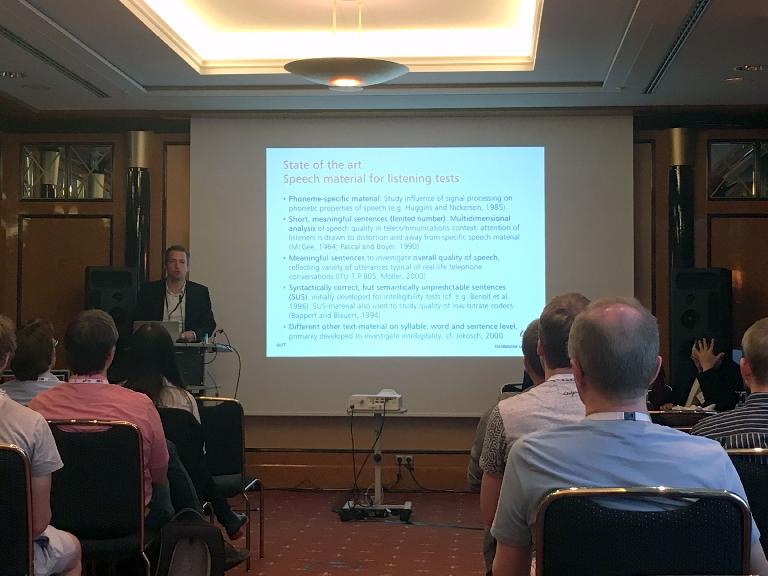
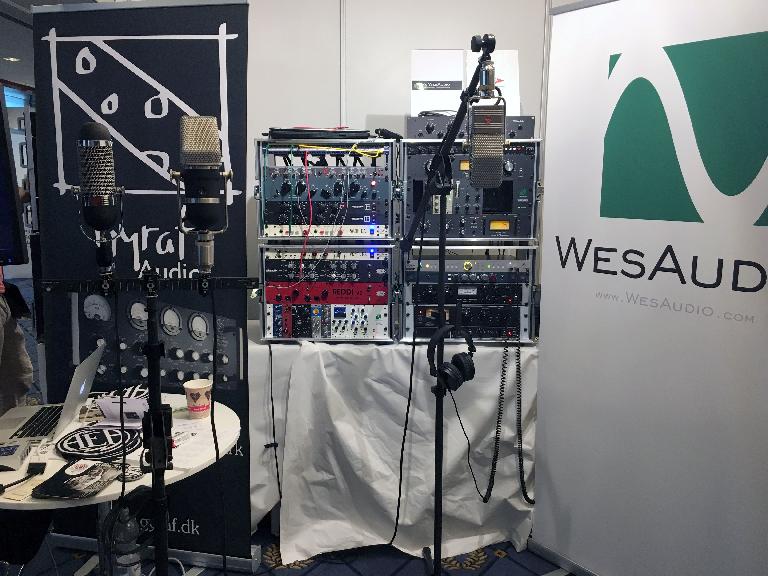
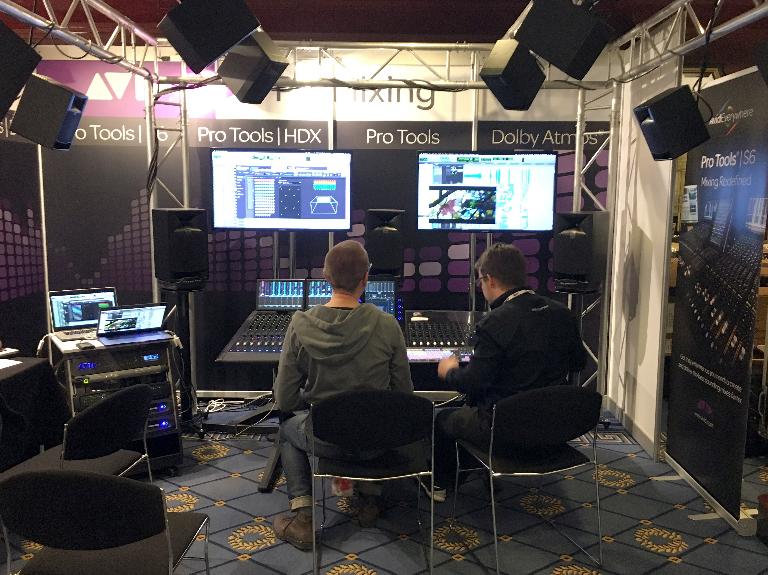

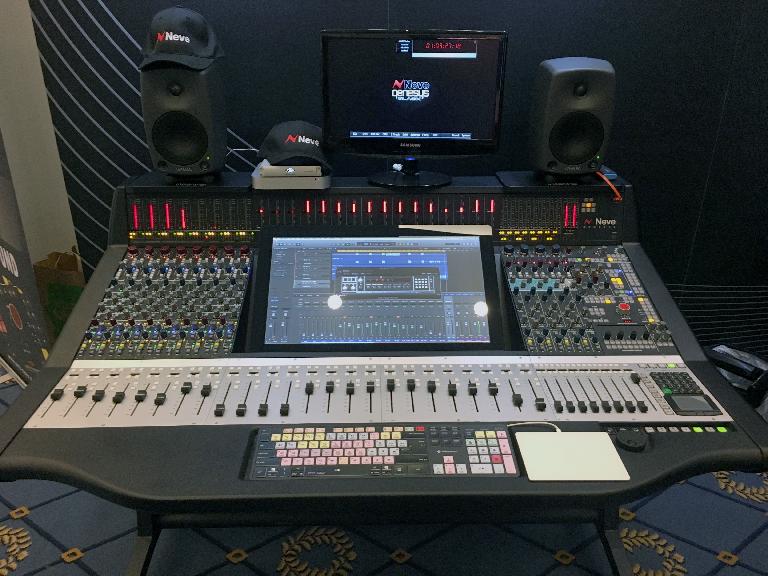
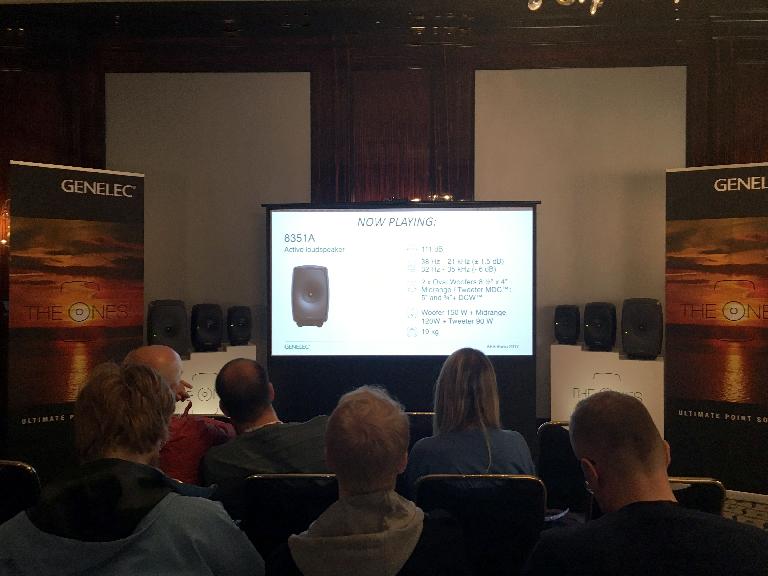
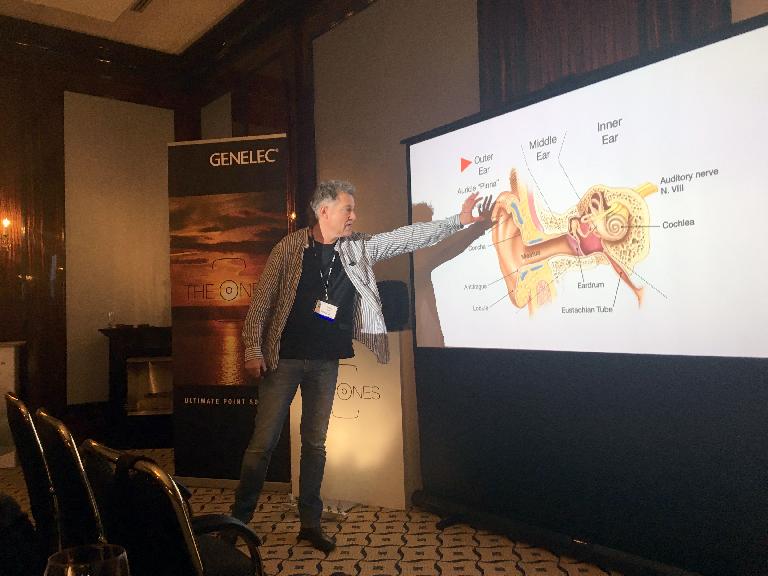
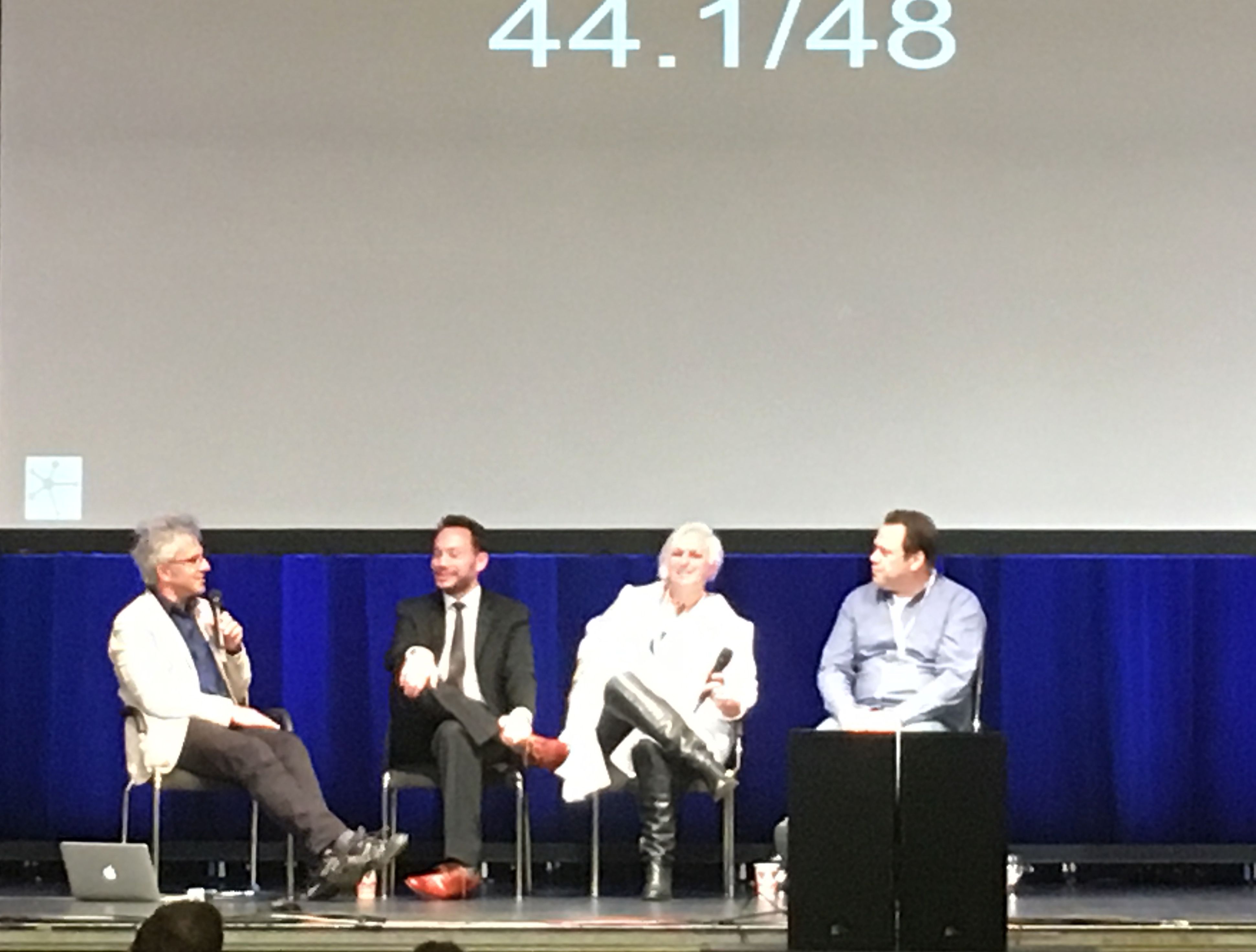
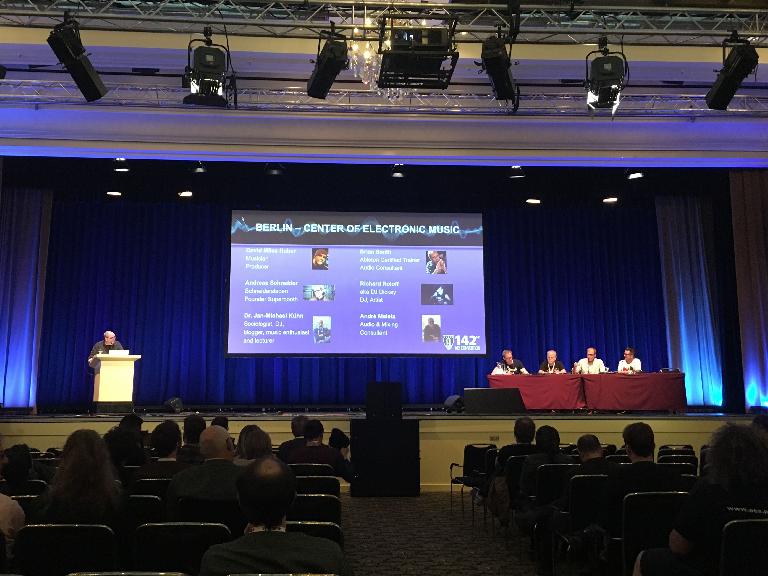
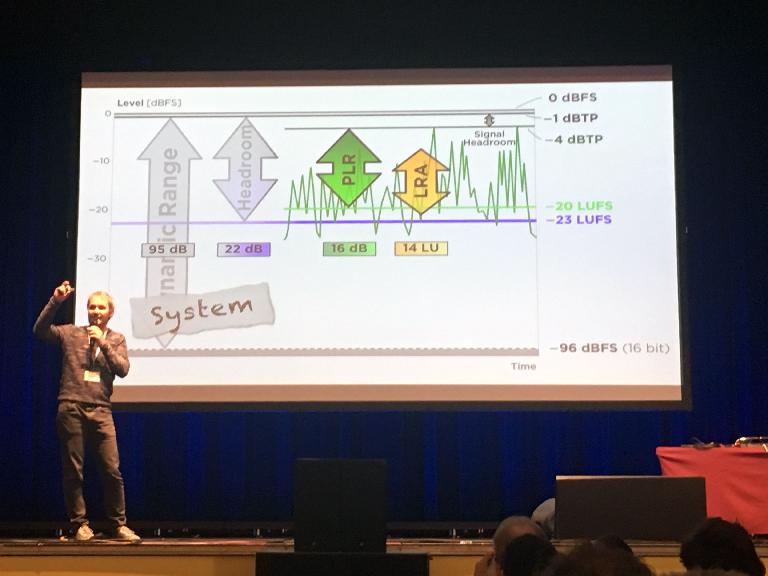
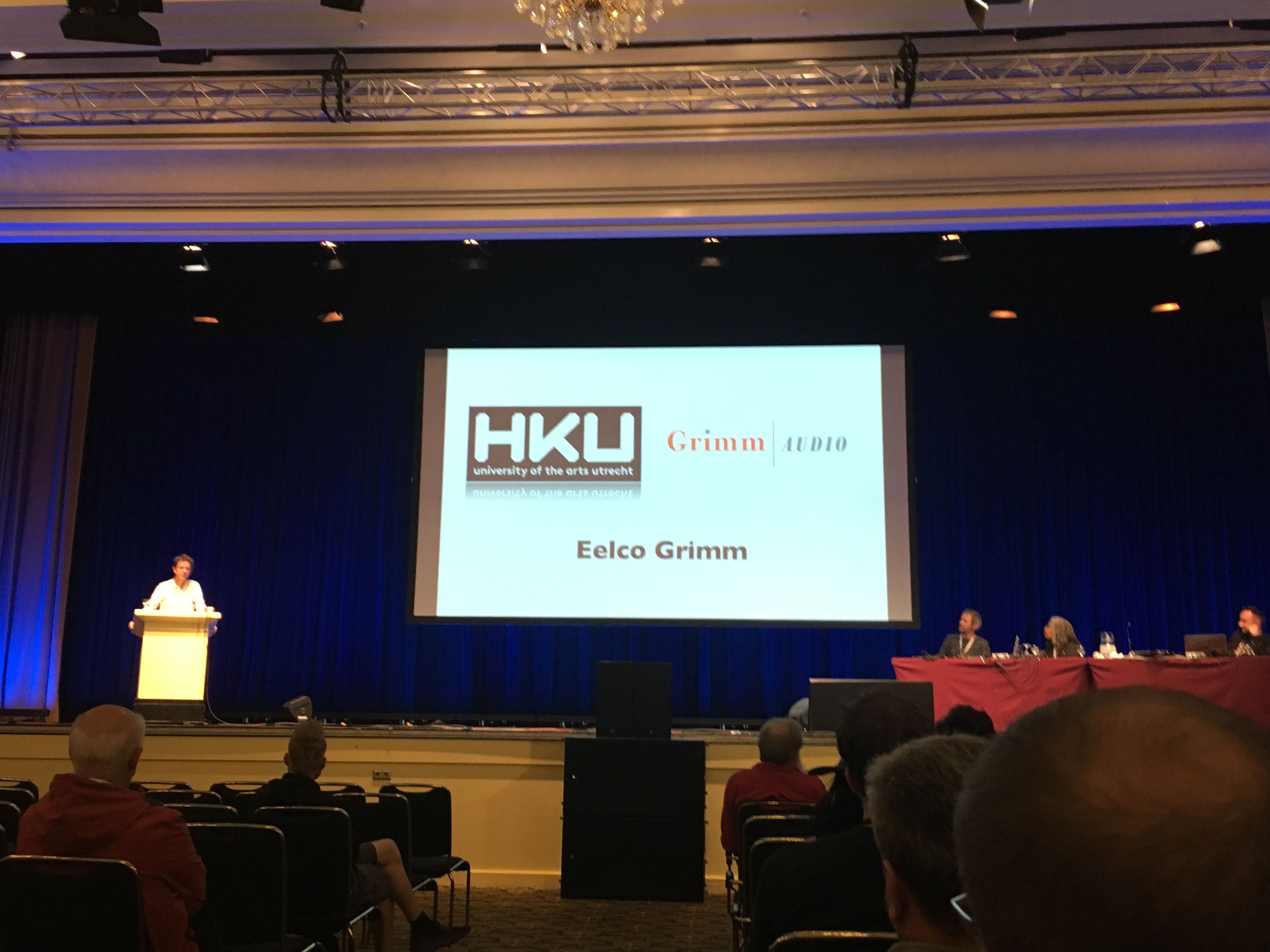
 © 2024 Ask.Audio
A NonLinear Educating Company
© 2024 Ask.Audio
A NonLinear Educating Company
Discussion
Want to join the discussion?
Create an account or login to get started!